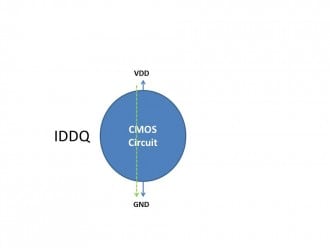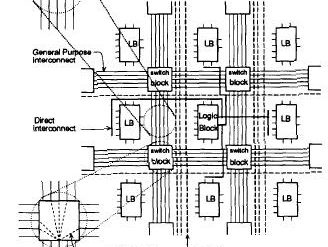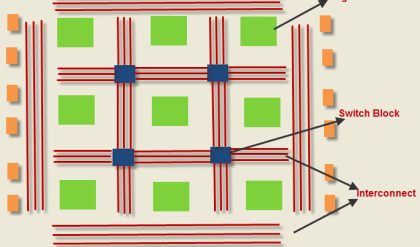An inverter is connected to a DC source and it converts it into AC power in its circuit.

The details on input and output are as under.
The input is DC power. The value of input voltage depends upon the application. Some applications require 12 V while some may require very high voltages of thousands volts.
The ideal output of an inverter is a sinusoidal waveform. Such a wave gives continuous flow of power. But the output from the circuit is generally not ideal. It gives output in the form of square wave, quasi-square wave or PWM.
The conversion of DC power to AC power can be done using two approaches. Both do conversion in two steps.
In the first approach, a low voltage DC power is converted into high voltage DC power and then in the second step this high voltage DC power is converted to AC power.
In the second approach, a low voltage DC power is converted to low voltage AC power and then this output is stepped up to high voltage AC power.
They are available in different types in market. They exist in different shapes and sizes. They vary from low power to high power functions.
Let’s move towards the second section in which I am going to tell you all about the main parts of an inverter’s circuit.
Parts of an Inverter
In this section of my article, I am going to tell you about the configuration and constituents of the circuit. The generally used ones may consist of these four parts:
Converter
This is the circuitry to convert commercial power to required DC power.
Smoothing Circuit
This circuit smooths the pulses in DC power.
Inverter
This is the most important part whose purpose is to convert DC to AC power.
Control Circuit
This part controls the entire inverter operation.
In the next section, I am sharing some knowledge on the classification of inverters.
Classification
Inverters can be classified according to a number of different factors.
Output Waveform
First classification is based on the nature of output waveform for example, sine, square, quasi-square or PWM. Inverters can produce a pure sine wave or a modified sine wave. A modified sine wave is the one which is more close to a square wave.

Power Device
Second classification is based on the type of power or switching device used. This power device may be one from transistor, thyristor or MOSFET etc.
Configuration
On the basis of configuration, it can be classified into three types which are given below.
Single Phase Half Bridge
This type of inverters is used in low power applications and also known as inverter leg.
The circuit of single phase half bridge inverter consists of 2 choppers and a DC source with 3 wires.
Single Phase Full Bridge
Full bridge inverters are also used for applications which require low power.
The circuit consists of 4 choppers and a DC source with 3 wires.
Three Phase Inverters
![]() Three phase inverters are used in medium to high power applications.
Three phase inverters are used in medium to high power applications.
![]() They provide a three phase voltage source.
They provide a three phase voltage source.
![]() It is used where frequency, amplitude and phase of the voltage should be controllable.
It is used where frequency, amplitude and phase of the voltage should be controllable.
![]() Now I am moving towards the last section of this article where I will be sharing some applications of this device.
Now I am moving towards the last section of this article where I will be sharing some applications of this device.
Applications
o Inverters got a variety of applications. I am going to mention some of those.
o They are used in AC motor drives with adjustable speed.
o They are used in UPS (Uninterruptable Power Supply) which is a very common application now a days.
o They are being used in portable devices.

Inverters are used in controlling air flow. For example they are used in fans, blowers and drying machines.
They are used in power generation systems.
Ø Inverters have helped in increasing efficiency of machines and decreasing their sizes. To change speed and other conditions is now easier than before. They are used in driving machine tools, tables, etc.
Ø They also find application in conveyor belts as they can be used for controlling speed.
Ø Inverters are used where there is a need to run AC devices from batteries.
Ø They are used in industries in packaging machines, weighing machines and carts.
Ø They are also used in hybrid and electric cars.
Ø They also find applications in motor speed controllers.
Ø This device is used in voltage compensators.
Ø So, that’s all about the Introduction to Inverters. I hope you will get some knowledge from this Introduction to Inverters. Let us know about your questions in the comment section.





